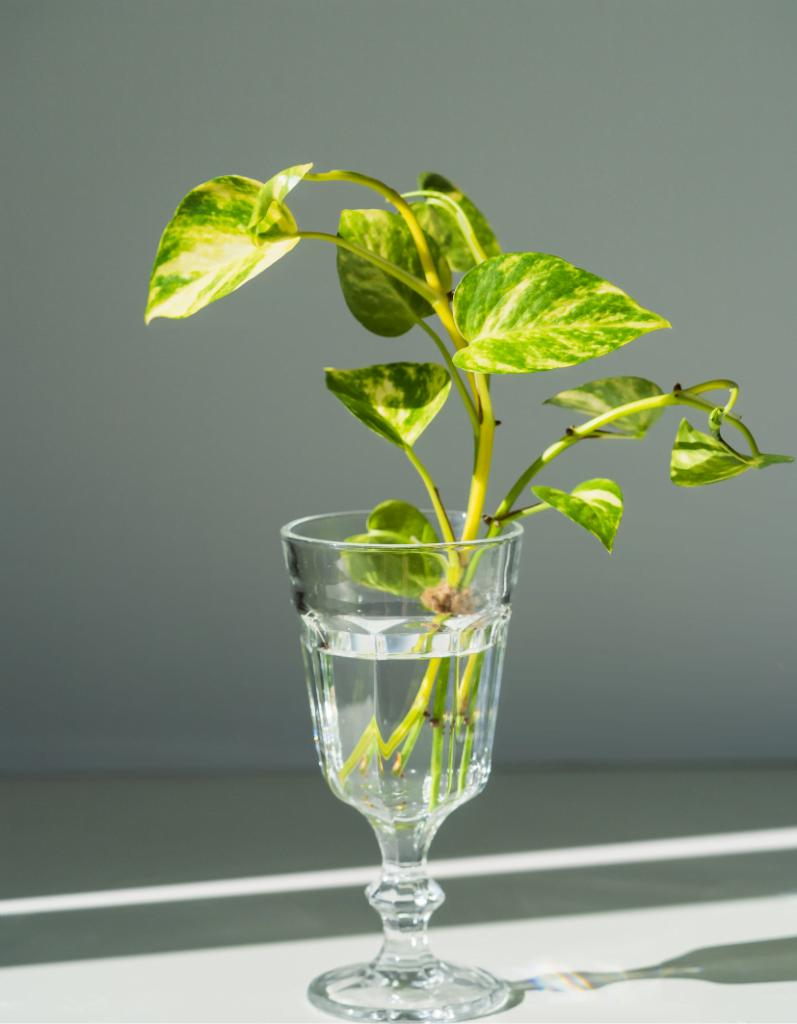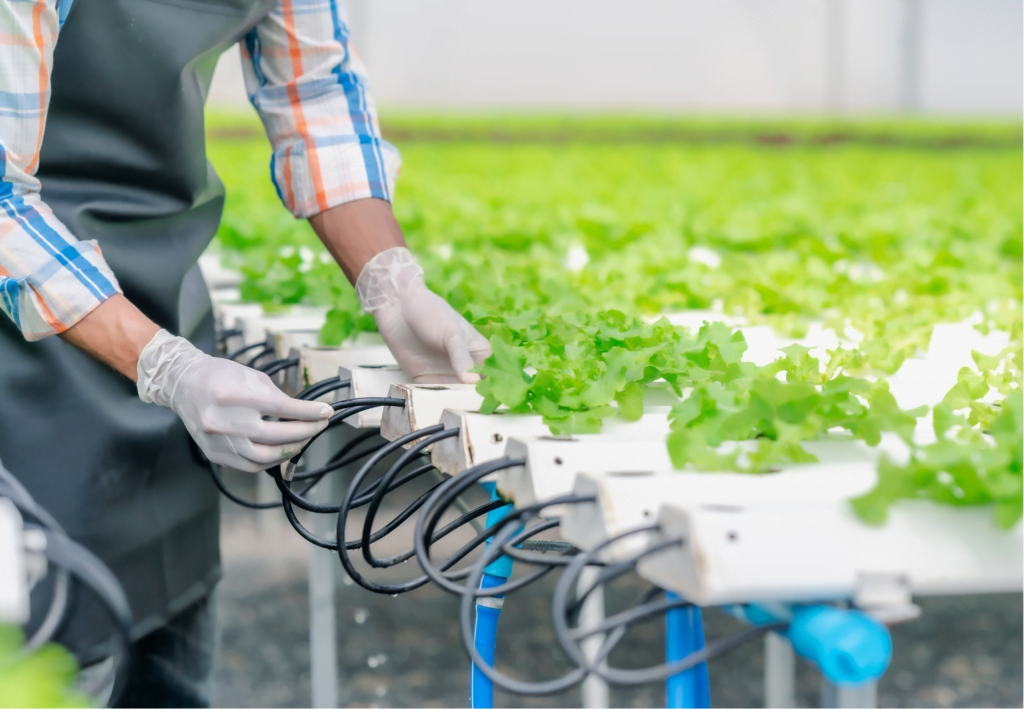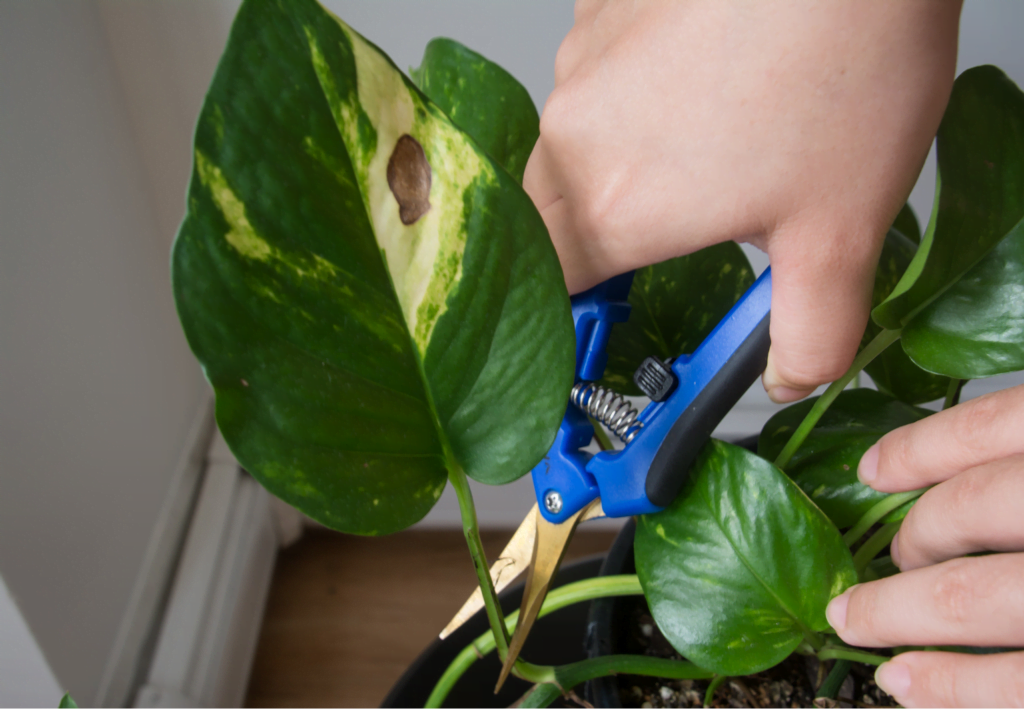
A long time ago, when I first brought the golden pothos tree home, my parents did not like it. Consequently, I kept it in the storeroom of our house, as no one in my family appreciated the tree’s presence in our living space. I couldn’t keep the tree in mind amid the daily hustle and bustle. In those early days, I was unaware of the characteristics of this tree. About 15-20 days passed, and I completely forgot about the Golden Pothos.
One holiday, I ventured into the storeroom to tidy up some unnecessary items, and to my surprise, the golden pothos tree was still alive, appearing just as vibrant as when I first brought it home. What was remarkable about this situation? Despite being confined in a closed storeroom for the past 15-20 days without any access to light and fresh air, the plant remained unharmed. This tree demonstrates remarkable resilience; its lush green color persisted despite the absence of natural light and ventilation.
Subsequently, about 4-5 years have passed, and today, as I write about this tree, my experience with it spans almost 6 years. Now, I will endeavor to share detailed insights about this tree based on my practical experience over these 6 years.
What Is Golden Pothos
Golden Pothos is a plant that requires minimal care, as it is a low-maintenance perennial, broadleaf evergreen houseplant. Typically, this plant grows to a height of 6-8 feet. Five of my plants have reached a height of 7 feet, while the first tree I bought grew to 8 feet tall, with vines extending about 20-30 feet. Its maximum height can reach up to 40 feet. An interesting fact about this plant is that its leaves retain their juvenile form.
Is Epipremnum aureum a pothos
Yes, 100% Epipremnum aureum, commonly known as golden pothos, devil’s ivy, or simply pothos, is indeed a type of pothos plant. This plant is very popular as an indoor plant, although there are very few people who dislike it nowadays. The main reason some people may not like this plant is its leaves. The leaves of this plant are heart-shaped and typically variegated with green, yellow, or white coloration, making them look exceptionally beautiful.
Golden Pothos vs Epipremnum
If you are comparing Golden Pothos and Epipremnum as I am, I will outline the first things you need to know. Before that, I will provide detailed information about Golden Pothos, and then I will discuss Epipremnum. I hope this approach will make it easier for you to understand the comparison.
Golden pothos
Understood, since you’ve already introduced Golden Pothos, there’s no need to provide further details here. If you have any specific questions or if you’d like to discuss anything further, feel free to let me know!
Epripremum
After already discussing this, I’ll reiterate for clarity: the term Epipremnum refers to the larger genus that includes Epipremnum aureum. Typically, when we discuss Epipremnum for indoor or outdoor planting, we are referring to Golden Pothos or Devil’s Ivy. The perceived difference between these two terms often arises from a lack of proper understanding, but in reality, they have the same meaning. There is no difference between them.
Pothos without soil

Planting trees without soil is very interesting because it gives a different feeling. In this way, the roots of the tree can be seen very well, and if there is any problem with the base or roots of the tree, it can be solved quickly. How many ways can you keep this tree without soil? Now I will detail the procedures:
Water Culture
Hydroponic System
Semi-Hydroponics
Water Culture
You will need a glass container and clean water to plant this plant. If your plant is only 10cm tall, then you can. The leaves and small shoots of the tree should be kept above the water. Then, the roots of the tree will gradually grow, and the height of the tree will increase. You can change the glass container according to the structure of the plant. You can also change the water once a week to help prevent stagnation and algae growth.
Hydroponic System

In this method, scientists are planting tree seedlings in this way. Tree seedlings can also be planted in this way, but this method has to spend a little more money. where the roots are suspended in a nutrient solution instead of soil. This can be done using a variety of hydroponic systems such as deep water culture, nutrient film techniques, or drip systems. Hydroponic setups require careful monitoring of nutrient levels and pH to ensure optimal growth.
Semi-Hydroponics
In this method, scientists are planting tree seedlings. Tree seedlings can also be planted this way, but this method requires a little more money, where the roots are suspended in a nutrient solution instead of soil. This can be achieved using a variety of hydroponic systems such as deep water culture, nutrient film techniques, or drip systems. Hydroponic setups require careful monitoring of nutrient levels and pH to ensure optimal growth.
Pothos without leaves

The main beauty of a tree is its leaves and flowers. Growing pothos without leaves would be quite challenging, as leaves are essential for photosynthesis and the overall health of the plant. Most people do not like this method. On the other hand, some people want to keep the tree in such a way that it has no leaves. A tree without leaves requires a lot of care to survive.
Select Healthy Stem Cuttings
Choose a healthy stem from the Pothos plant that has no leaves but looks strong and has nodes (points on the stem from which leaves and roots grow).
Prepare the Cutting
Clean, sharp cutting scissors must be used while cutting the stems. The stem you choose should be 4-6 inches tall and have at least one node.
Rooting Medium
To make roots, the part of the stem where the node will be kept should be submerged in water, ensuring it receives a sufficient amount of light and air.
Root Development
The things that need to be taken care of to grow the roots faster are that the water should not be allowed to grow algae, and the water should be changed regularly. It should be kept in a place that will receive sunlight, but be careful not to keep it in direct sunlight as it will damage the plant.
Patience
If you think that the plant will develop roots in 3-7 days, then you are wrong because this method can take several weeks to develop roots. So, you have to wait patiently and maintain the plant regularly.
Transplanting
Once the roots are 2-3 inches long, plant it first in a tub of soil and fertilize regularly. Keep it out of direct sunlight as this will make the plant grow faster.
How To Care Golden Pothos and Epripremum

Given the above discussion, I can say that if you normally plant this plant or plant using a tub, you don’t have to spend much time cleaning it because only once a week, if you clean this plant a little. For example, after 7 days, you can cut the dead leaves of the plant. If the soil at the base of the tree is dry, water should be given. Care should be taken while watering the plant, not to give more water than necessary, as this may damage the roots of the plant. Also, my personal opinion is that since this plant does not require much maintenance, it would be better if you could change the soil of this plant every 6 months. But this will be very good for the plant, ensuring there is no shortage of nutrients. Be very careful while changing the soil because if the roots are torn, then the plant will be damaged and may even die. So, if you can do things carefully, it will be very beneficial.
Conclusion
So finally, I would like to say that the golden pothos plant will enhance the beauty of your house or home to a great extent. Also, if there are a few trees in the house, you can feel the touch of nature in that house. If you are a tree lover, you should plant golden pothos with other plants. In the above discussion, I have tried to highlight my personal experience.

